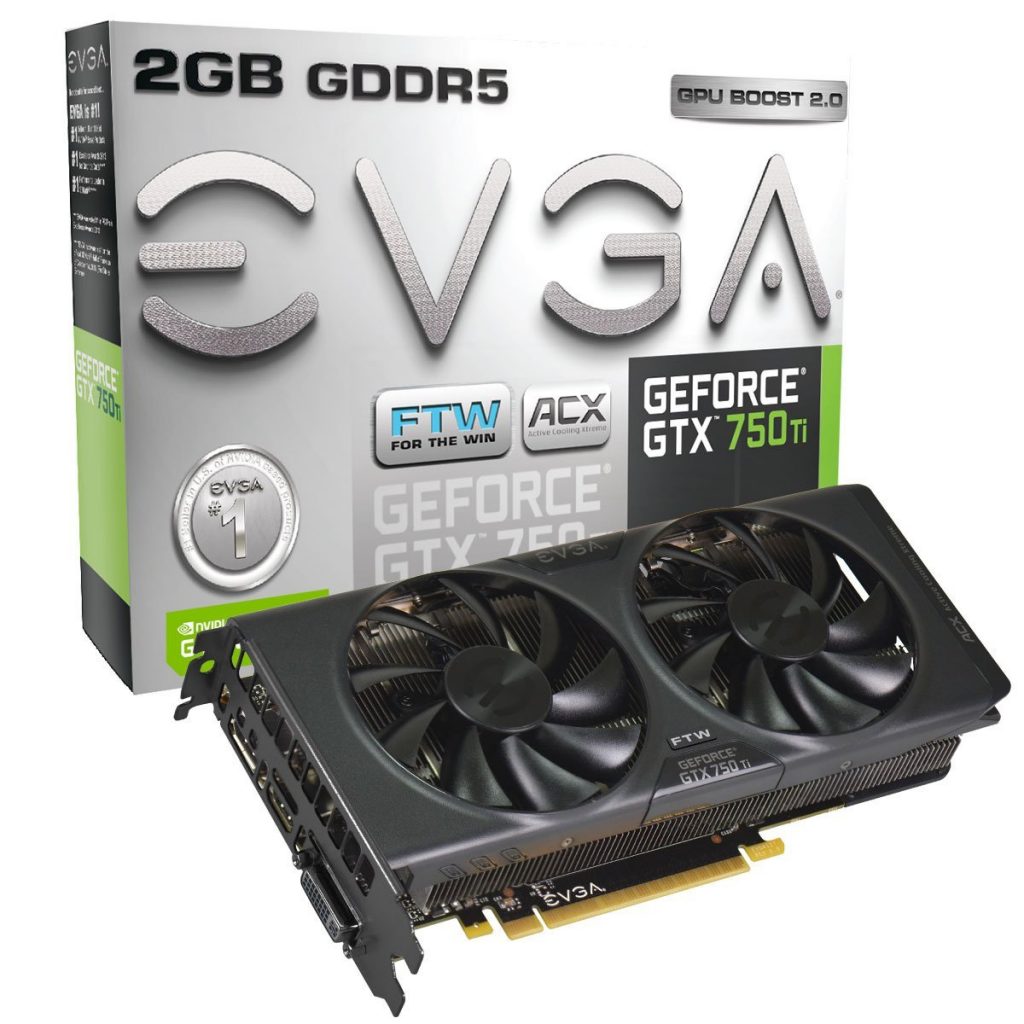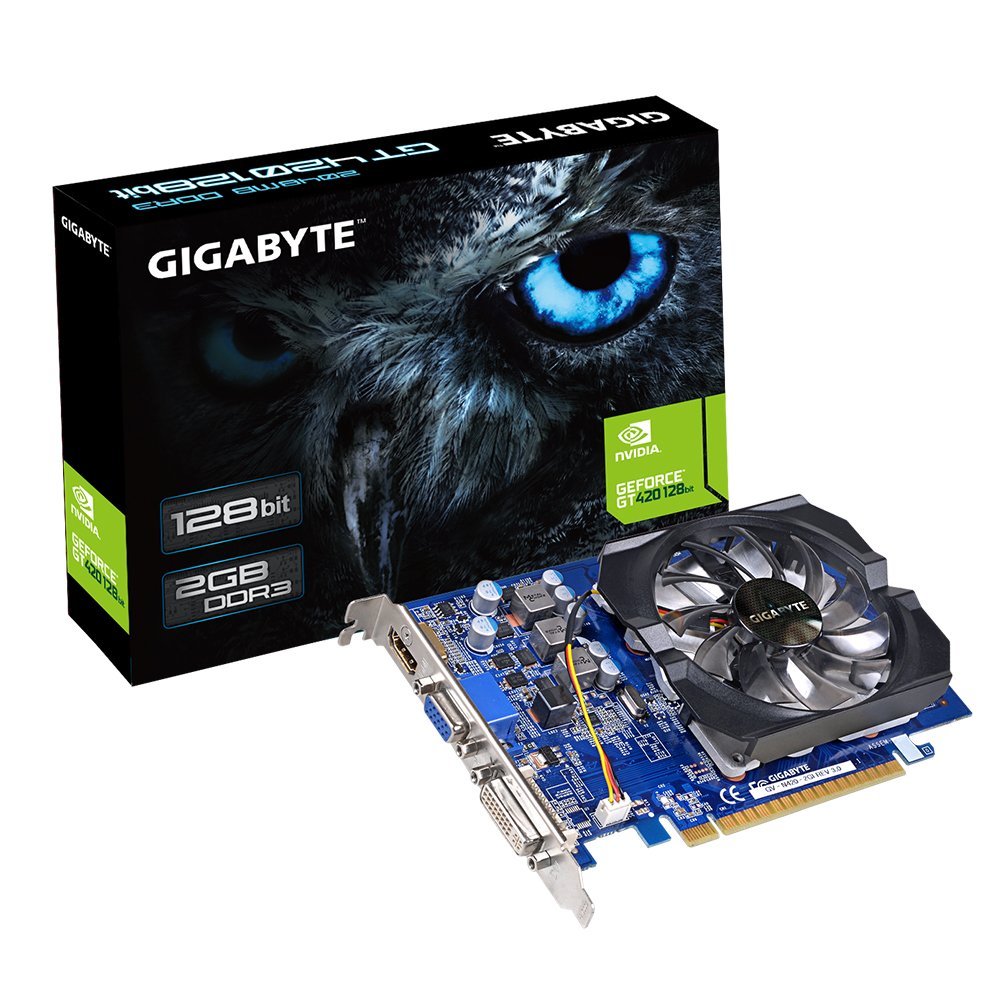What to consider when buying a graphics card for your build
Many people who build PCs do so for one purpose: gaming. Even those who don’t, however, often do so so that they can choose the exact specs that they want and build a PC that will specifically fit their needs. Because of that, it can be important to choose the right graphics card for your build.
There are a number of things to keep in mind when you’re choosing a graphics card for your build. The most important thing, however, is the model number. Why? Because the model number represents how good the graphics card really is. The general rule is this: the higher the model number, the better the graphics card is. For example, the GTX 1080 is a slightly better graphics card than the GTX 1070, and they’re both better than the GTX 1060. Nonetheless, sometimes it can still be important to delve into the specs of a graphics card. Here are some of the top things to remember when buying a graphics card and why you should remember them.
Memory size and bandwidth
While choosing a graphics card with a lot of memory is important for high-power applications, choosing one with a high bandwidth is even more so. The amount of RAM really only comes into play with a graphics card if you’re using multiple high-resolution monitors.
Bandwidth, however, determines how fast that RAM can be accessed, which is much more important for high intensity applications. Bandwidth is determined by GB/s, and generally the more bandwidth you have, the better, as the computer can draw higher quality images faster.
Clock speed
Clock speed is an important factor in choosing a processor, as a higher clock speed generally means that the graphics processor works fast. There are, however, exceptions to this rule — for example, it’s not really fair to compare a graphics card with a 2GHz clock speed that’s based on a different architecture than a graphics card with a 3GHz clock speed. Not only that, but the number of cores a graphics card has also dictates how “fast” a card could perform. When it comes to raw speed, it’s important to look at reviews to see how graphics cards perform.
Integrated graphics or dedicated graphics?
You may notice that many computer processors are being offered with integrated graphics processors. By integrating the two, the cards can consumer less energy, generate less heat, and come at a lower cost. The problem with that? Generally integrated graphics cards perform far less than their dedicated counterparts. If you’re a hardcore gamer or media professional, we recommend getting dedicated graphics.
Pipelines and shaders
These days, not everything has to do with clock speed and hard performance. Graphics cards today also handle things like lighting and other effects through several different “passes,” which run shading programs to achieve different effects. Many graphics cards these days have dedicated “pixel pipelines,” which crunch data through shader programs. You can often judge a graphics card based on the number of pixel pipelines it has, and it’s often better to have more pixel pipelines than fewer pipelines at a lower clock speed.
Do you want more than one graphics card?
A standard has been developed that enables users to install more than one graphics card. That standard is called SLI (scalable link interface), and it basically combines the power of two graphics cards into one output. There are, however, a few downsides to that — the cards generate more heat, more noise, and there will be more bugs. The advantage, however, is far better performance. In some cases, you might be able to get more power with two cards at a lower cost than you would with one more powerful card. You will, however, have to make sure that the cards are SLI-ready.
PassMark ratings
Looking for a real indicator on how a graphics card performs. Look at its PassMark rating, which gives graphics cards a rating relative to the performance of other graphics cards. You can check out the PassMark ratings for graphics cards for yourself at http://www.videocardbenchmark.net/
Conclusions
Choosing the right graphics card isn’t always easy, but hopefully now you have a good idea of what to look for. When in doubt, however, remember: the higher the model number, the better a graphics card is — generally.





















